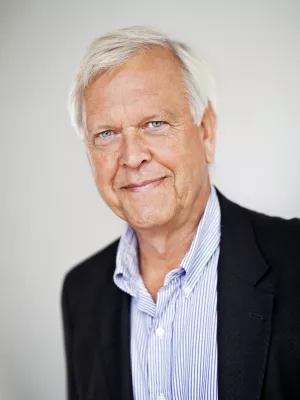
Carl Borrebaeck
Professor

Immunoglobulin production induced by CD57+ GC-derived helper T cells in vitro requires addition of exogenous IL-2
Author
Summary, in English
Germinal centers (GC) are well-defined areas in lymphoid organs were B cells proliferate and differentiate in response to T-cell-dependent antigens. The GC comprises B cells, follicular dendritic cells, tangible body macrophages, and a low number of CD4+ T cells. A large portion of these T cells expresses CD57. We have examined the ability of the CD4+CD57+ GC T cells to become activated and to take part in B cell activation processes, These T cells coexpress CD45RO, CD69, CD28, and upon mitogenic stimulation CD25, The cell population was found neither to containe nor to be able to produce any specific mRNA for IL-2, IL-4, and IFN-γ upon activation. Levels of mRNA encoding CD40 ligand was also undetectable under similar conditions. Furthermore, in contrast to ordinary CD4+ T cells, this population expressing CD57 was unable to induce B cells to Ig production in the presence of pokeweed mitogen or SEA unless IL-2 was added to the cultures, However, despite their apparent lack of function CD4+CD57+ GC T cells were found to rescue GC B cells from cell death in vitro to the same extent as CD4+CD57- T(h) cells, The phenotypical and functional differences found between these T cells and regular T(h)-cells suggest that they either represent a T cell subset with distinct properties within the GC yet to be determined or that they represent T cells, Irate in the immune response, having lost most of their original functions and capabilities.
Department/s
- Department of Immunotechnology
Publishing year
1996-05-01
Language
English
Pages
166-173
Publication/Series
Cellular Immunology
Volume
169
Issue
2
Document type
Journal article
Publisher
Elsevier
Status
Published
ISBN/ISSN/Other
- ISSN: 0008-8749

